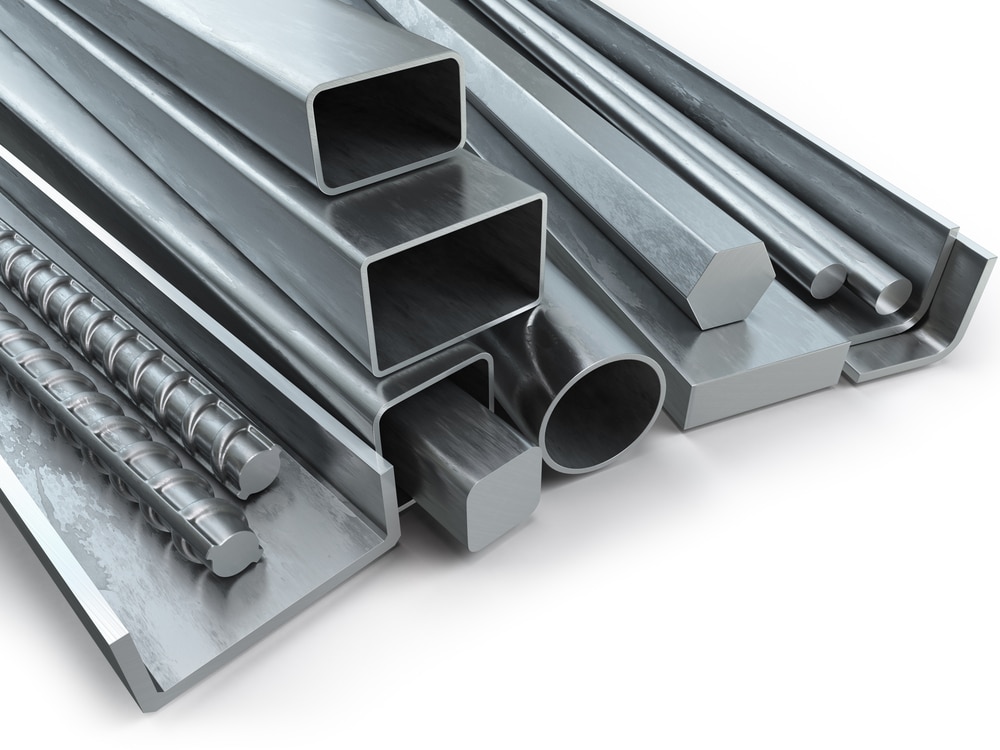
Stainless steel has many uses recognizable in our everyday lives–from kitchen appliances to bridges and medical equipment. Given its unique chemical makeup and properties, it’s widely considered to be rust-proof. However, this may not be the full truth about stainless steel.
What is Stainless Steel?
Stainless steel refers to the family of iron-based alloys that contain at least 10.5% chromium. Similar to other types of steel, stainless steel is made mostly from iron and carbon, though it also contains other alloying elements, like chromium, nickel, molybdenum, nitrogen, and magnesium.
There are a number of different types of steel based on the exact ratio of alloys and iron present in the metal. All in all, stainless steel is known for being heat and corrosion-resistant, owing to its wide variety of possible use cases.
What Makes Stainless Steel Unique?
The chromium found in stainless steel forms a protective layer on the surface of the metal making it resistant to corrosion and rust, especially when compared to other types of steel.
This protective layer is called the passive layer and is what gives stainless steel its reputation for being rust-proof. But–is stainless steel really rust-proof? The answer to that question is a bit more complicated than a simple yes or no.
Can Stainless Steel Rust?
First, it’s important to understand that stainless steel can still rust under certain conditions, though it does not rust as easily as other types of metals.
So while the passive layer does a great job of protecting stainless steel from most forms of corrosion, it can be damaged or compromised. When this occurs, the underlying steel is exposed to oxygen and moisture–the exact formula for creating rust.
Let’s take a look at some of the common ways that stainless steel can be compromised and at risk for rusting.
Exposure to Chlorides
One of the most common causes of stainless steel rust is exposure to chlorides, which are found in many everyday materials like salt, bleach, and cleaning products.
When stainless steel is exposed to chlorides, the passive layer can break down, allowing rust to form. Because of this, it’s important to be careful when using cleaning products on stainless steel surfaces, especially in environments like swimming pools or coastal areas where there is a high concentration of salt in the air.
Mechanical Damage
Another common cause of stainless steel rust is mechanical damage, or when the surface of the metal gets scratched or dented. When this occurs, the passive layer can be damaged, exposing the underlying steel to moisture and oxygen.
This is why you have to be careful when cleaning stainless steel surfaces, especially with abrasive materials like steel wool or wire brushes.
Keeping Stainless Steel Free of Rust
In conclusion, stainless steel is highly resistant to rust and corrosion–though it’s not entirely rust-proof. The key to preventing rust on stainless steel is to take care of it properly and know what can damage its protective layer to put it at risk of rust or corrosion.











